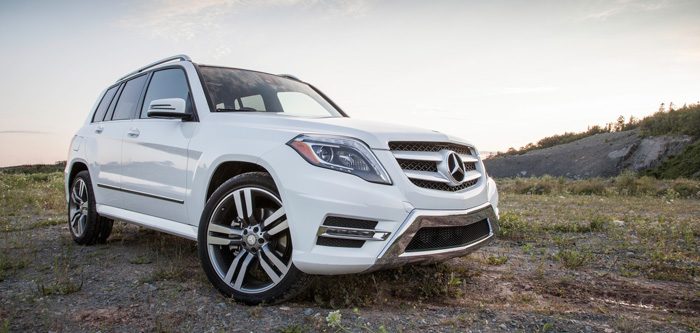Making Your Tires Last for 10 Years or More
Turns out, we’re changing our tires too frequently. In fact, you could be able to get 10 years out of your tires, provided you care for them properly and take it easy on the road. It seems to be a bit of a myth that all tires only last a couple of years. While this certainly may be true for those who put 50,000 miles on their car per year or drive their cars rough, most of us, especially those who drive fairly carefully and infrequently with high-end European cars, can get away with stretching that limit quite a bit.

Give Your Tires TLC
According to Popular Mechanics, with proper storage, care and maintenance, tires can last up to a decade. Tires that are stored correctly in a climate controlled storage facility or warehouse have nearly an unlimited shelf life. Once the car is on the road, proper care can extend your tire’s life greatly. In general, tires can get about six years of service, in some cases up to a decade of total life since manufacture. By “service” this means any time the tire is in active service while on the vehicle. Keep in mind the longer your tires are exposed to the elements, temperature extremes, and UV rays, the less of a service life you will have. Many factors play into this, most notably, the conditions in which you drive as well as your local climate.
Because service life varies so much from one driver to another, it’s tough to say who can make it that long with the same set of tires. If you like to burn rubber and really test out the capability of your Porsche, without proper storage in the off season, you’re going to have to replace them a whole heck of a lot sooner than 10 years.
Proper Maintenance and Service
With all of the said, this doesn’t mean you can mark a date 10 years in the future from when you bought your tires. It takes commitment to storage and proper driving routines that will really affect how often you change your tires. This means you should inspect and maintain your tires each and every month. Look for cracks in the sidewall — typical reactions to under-inflated tires or sun exposure. Keep an eye on your tread depth too. Don’t just assume you can use the penny-in-the-crack test or rely on the wear bars to tell you when your tires need to be rotated. That’s because these factors vary so much from climate to climate, they can’t be relied on fully.
While a wear bar of 2/32 tread depth is great for dry climates like Los Angeles, it’s not so great for places that get inundated with rain, like Seattle. In that case, you should maintain 4/32 of tread depth — at minimum — to safely evacuate water from underneath the tire and cut down on your chances of hydroplaning. Invest in a depth gauge or ask your trusted mechanic for help in assessing this. For snow tires, go with a tread depth of at least 6/32.
Also, you’ll need to regularly monitor the tire’s inflation. Your tires lose about 1 psi per month, with the ability to drop or gain 1 psi for every 10 degree drop or boost in temperature. Don’t just assume your car’s tire pressure monitoring system will alert you when this happens. Most will only do so after the pressure has already dipped below 75 percent. By that time, you’re doing irreparable damage to your tires, shortening their life span. Plus, it’s not good for your fuel economy. Invest in a tire pressure gauge and check it once a month, outside, in ambient temperature that’s not too cold and not too hot.
When it comes to storing your tires, make sure they’re out of the sun and elements. Sheds and garages are fine, and you can either stack them or mount them, or just stand them up on their treads. Doesn’t matter. Just keep them in a place with an even temperature.
Contact Hance’s European in Dallas
Conveniently located at 1850 West Mockingbird Lane in Dallas, Hance’s European is the place to take your European car so it stays in tip-top condition. Contact us at 214-761-5975 to book an appointment for service and maintenance.


 BMW
BMW Mercedes
Mercedes Jaguar
Jaguar Land Rover
Land Rover Volkswagen
Volkswagen Porsche
Porsche Audi
Audi